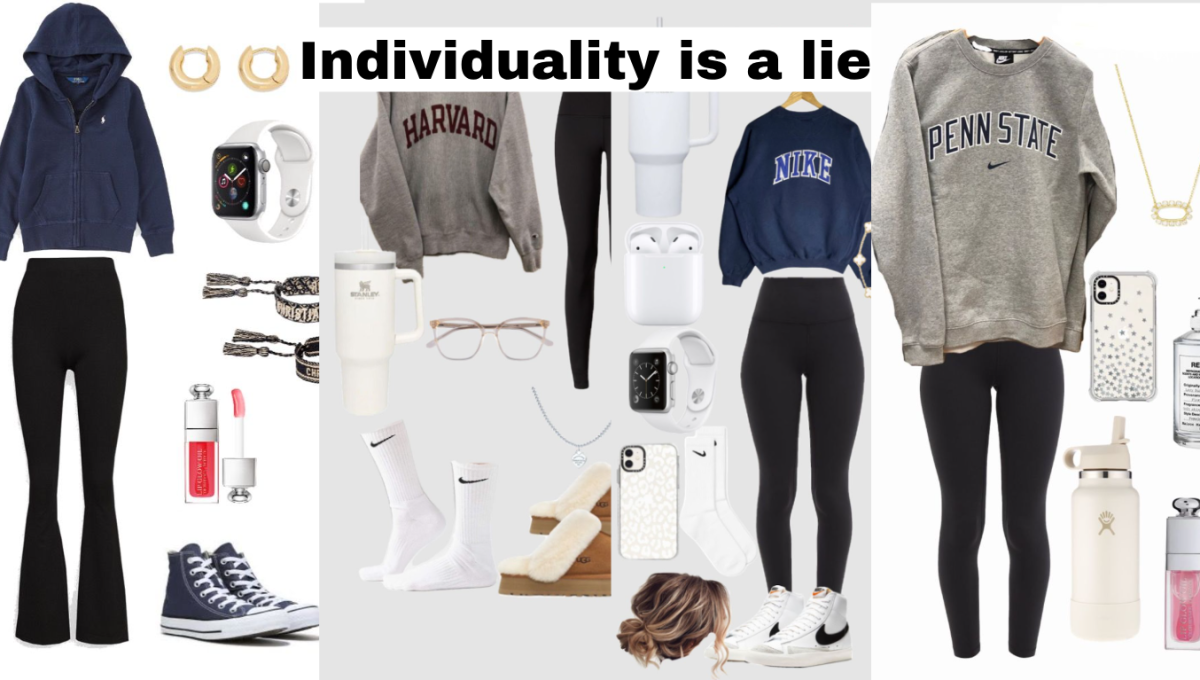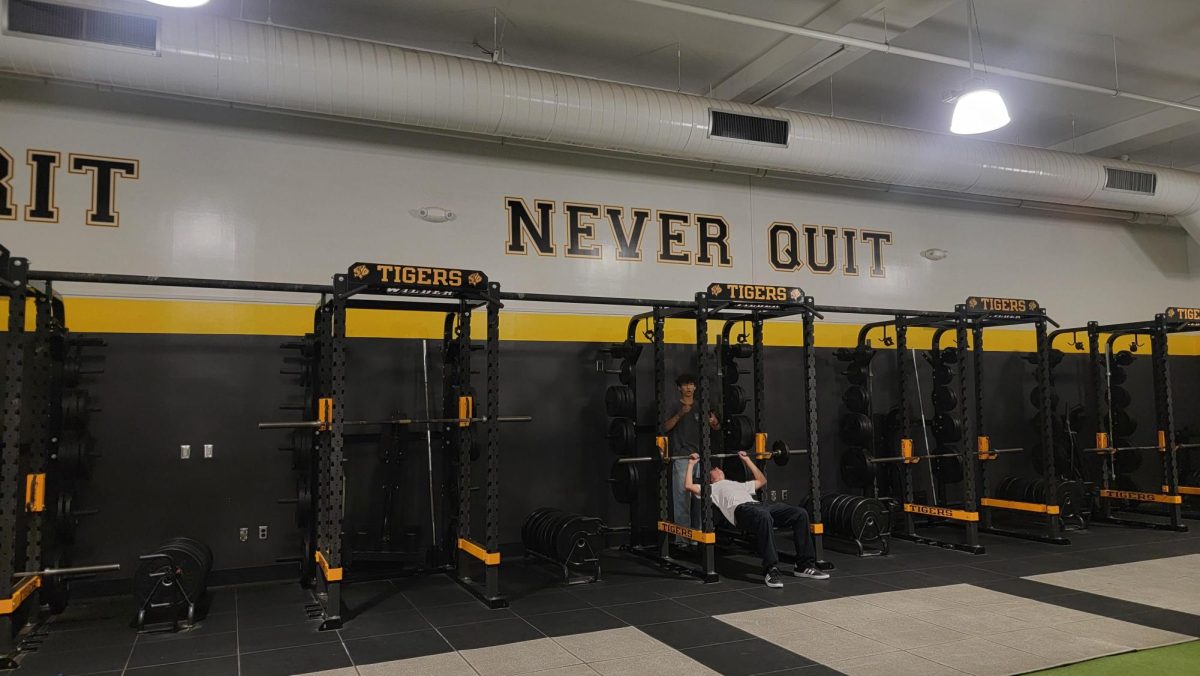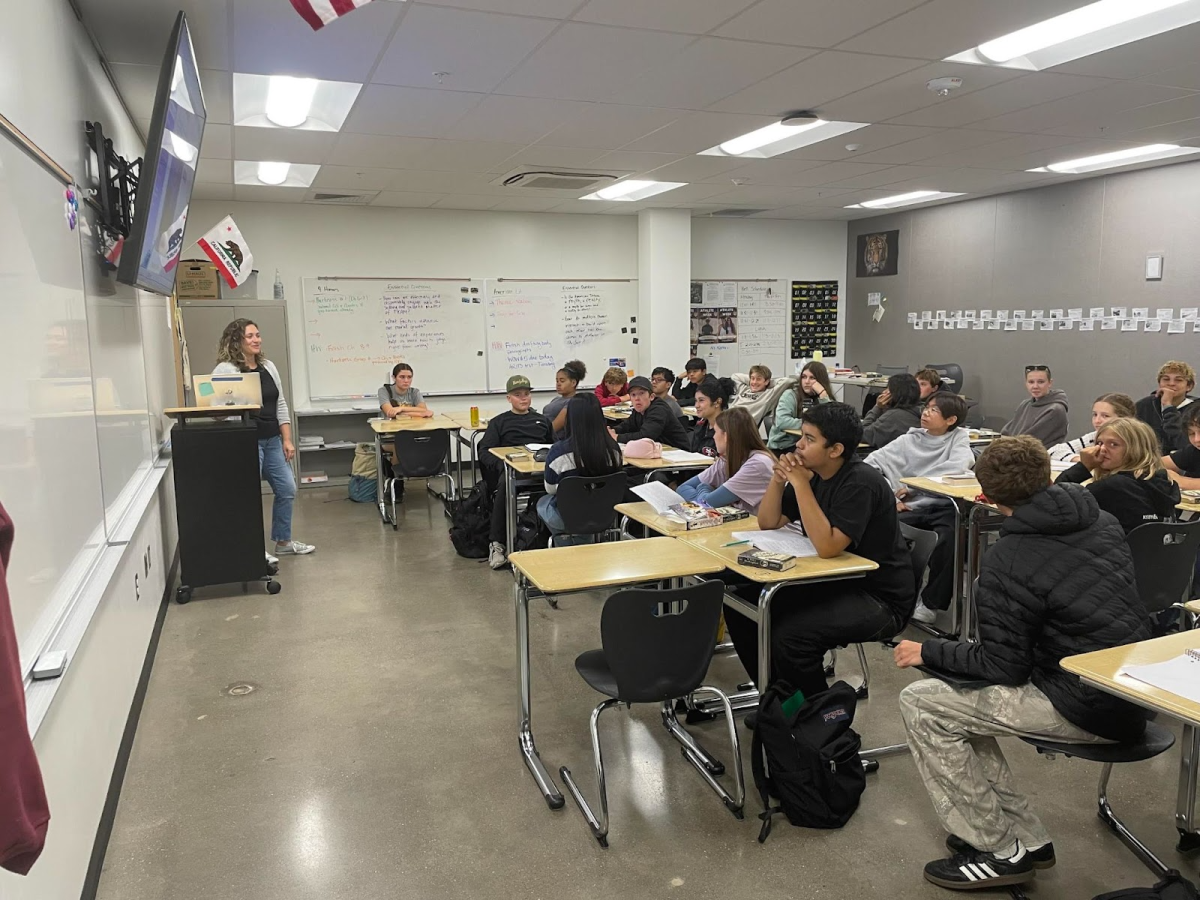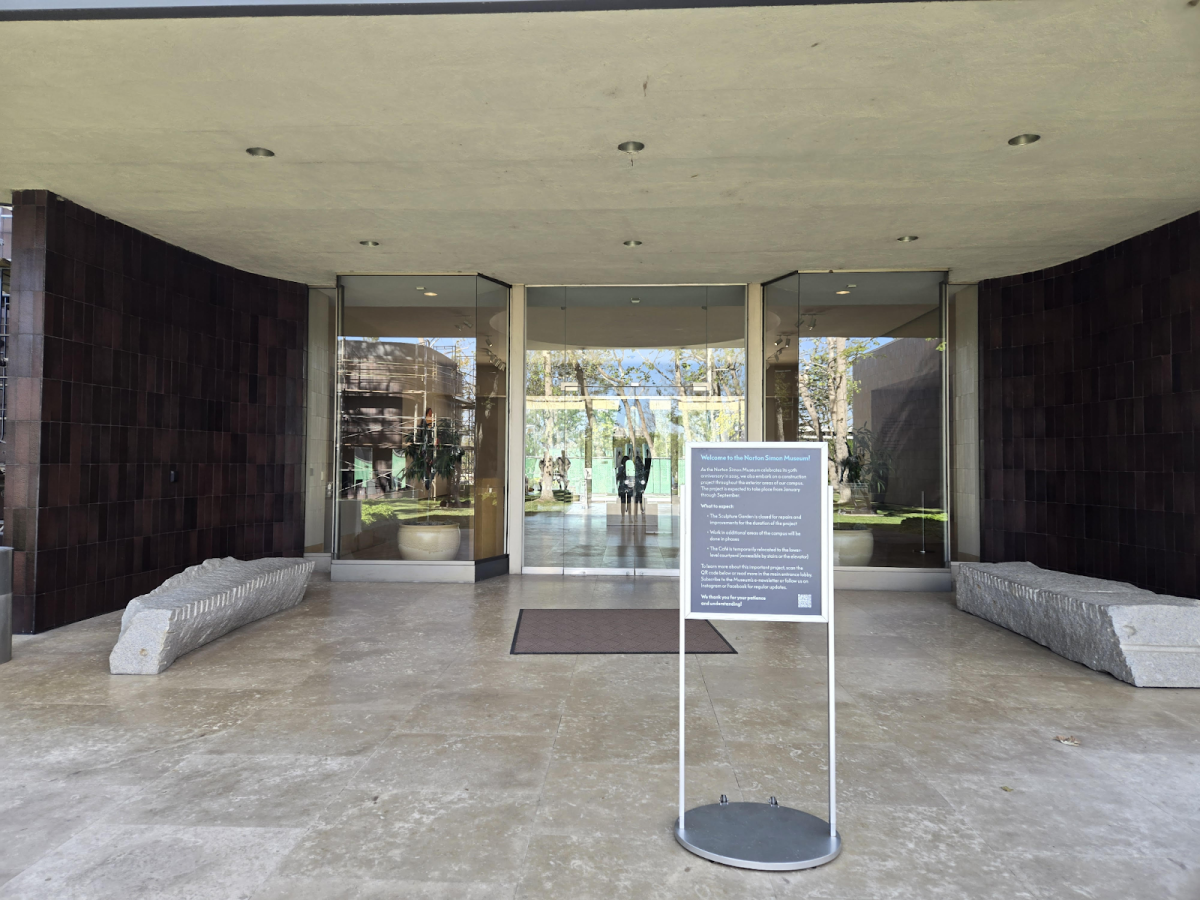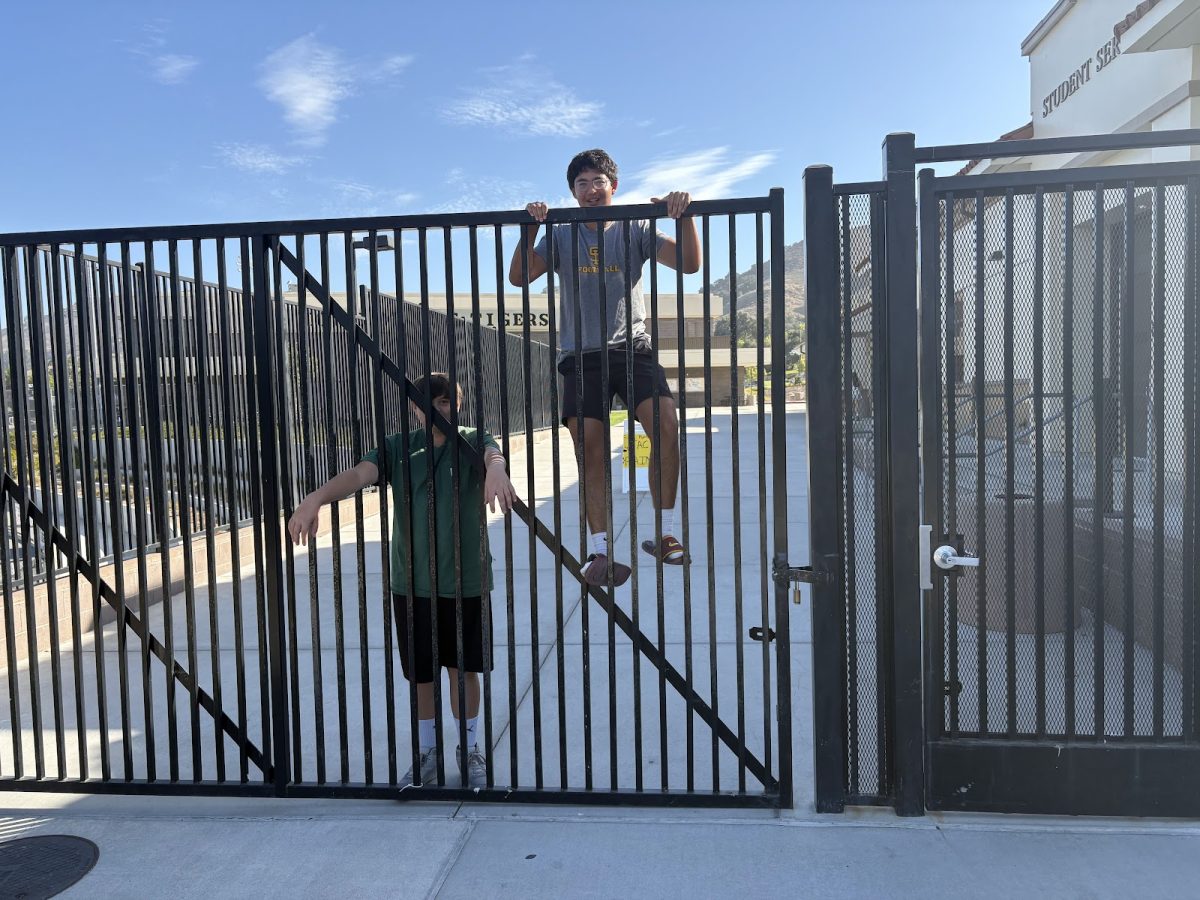As environmental awareness increases, many of us think of pollution from cars or cutting down trees in the Amazon rainforest as some of the most important environmental concerns. But in reality, there is a vast issue concerning the climate crisis that is often overlooked.
Textile production is responsible for emitting 1.2 billion tons of carbon dioxide each year, according to nature.com. Textile waste is considered to be one of the most accelerated types of pollution, as the rate of clothing being thrown in the garbage is two trash trucks per second.
Students and teachers at San Luis Obispo High School are continually being educated and need to think more about the impact of fast fashion.
“We should work towards making all of our products that we produce, not just fashion, sustainable or use sustainable materials. Sustainable fashion is going to cost more money to be truly sustainable, because we need to be making it here in the United States instead of overseas. We have no control over what other countries consider sustainable. The general public doesn’t understand sustainable fashion, such as how organic cotton only means that the cotton was grown organically, it doesn’t have anything to do with what happens after it’s picked and processed,” said Family and Consumer Science teacher Lisa Washmuth.
This concerning impact of clothing production is often hidden by clothing companies. This production of clothing is called “fast fashion”.
Fast fashion is cheap clothing, often inspired by fads. It moves quickly from the catwalk to stores in order to capture and create new trends, but at dangerous costs. Animal welfare, carbon emissions, water usage, and labor conditions are the most important factors when considering if a clothing company is truly sustainable.
Trying to look to see if your favorite clothing store is sustainable?
When you do some research, it shouldn’t be too hard to find their companies policies regarding labor and eco-friendliness. If it’s difficult or you’re unable to find any sources stating these policies, you can safely conclude that they aren’t sustainable.
The next step of understanding sustainable fashion is being a committed consumer of it. Brands like Reformation and CHNGE are devoted to satisfying all sustainable practices when it comes to creating the fabric, producing the clothing, and paying their workers living wage, not just minimum wage. It’s very easy to access their environmental impacts on their website, an added responsibility that is inspiring other clothing companies to make their clothing as eco-friendly as possible.
A good portion of sustainable fashion brands have noticeably higher prices due to the cost of eco-friendly fabric and production of clothing, and paying workers a living wage. Once the general public understands this necessity, the concern of price won’t matter as much.
If sustainable fashion seems too expensive for you, thrift shopping is an amazing way to buy unique clothing at low costs. Clothing stores such as Plato’s Closet or Crossroads Trading have gently-used, in style fashion. Purchasing off of online secondhand stores like Depop, threadUP, and Poshmark are convenient options when looking for a specific item of clothing. Local thrift stores such as Calico Trading Co and Castaways have secondhand clothing that’s in style and in great condition. It’s best to buy second hand clothing locally, because it reduces your carbon footprint greatly.
“The Conscious Closet” by Elizabeth L. Cline is a great resource to anyone who is building an environmentally conscious wardrobe. In conclusion, it’s always in your best interest to research and educate yourself about sustainable fashion and eco-friendly ways of life. Little changes add up to a huge impact.






